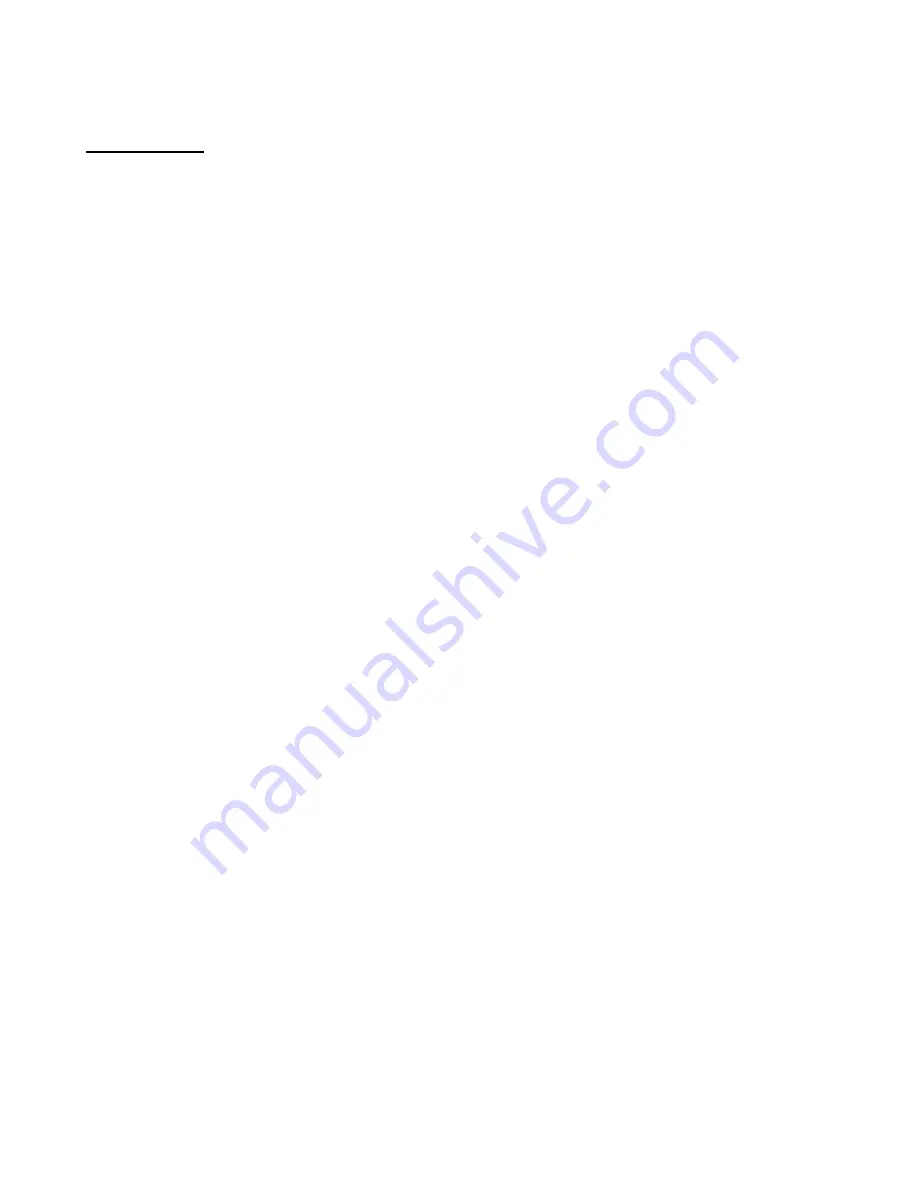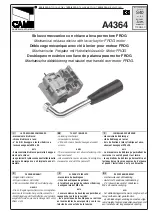
EN D 031 Rev D
Page 5 of 17
Installation
Before any attempt is made to operate the Tubing Spider, the following section should be read,
understood and then followed.
Control Valve & Hoses
Clean, dry air, filtered and regulated to 90 – 120 psi is required to operate these units. Always
place the control valve in a location that is easily accessed by the rig crew operator. Verify that
the cylinder hoses do not present a trip hazard or interfere with any moving machinery. When
connecting and disconnecting the hoses, ensure that there is no pressure on the lines.
Quick Disconnects
The hoses are fitted with quick disconnects. Before a connection is made, inspect the end faces
of the quick disconnect. If any foreign material is present, then carefully remove the debris with
a lint free rag or towel. Dust caps and plugs should be used with the quick disconnects to protect
the ends and minimize contact with debris.
Inspection
Before moving the spider over the well, ensure the correct size slip assembly and inserts match
the tube diameter. After the lines are connected, cycle the cylinder and observe the linkage
system to see if there are any functional problems. Disconnect the lines before moving the
tubing spider.
Mounting
The Spider must be secured over the wellhead. The slotted holes in the base could be used to
bolt the Spider to an adapter plate. There are also eyes on the spider where it can be chained
down.
Warning:
•
The load rating of the Spider should never be exceeded. Both the static and dynamic
loads must be calculated to ensure safe working loads.
•
Make sure the spider is used with the correct size, tubing or pipe (per specifications).
Undersized or oversized pipe could cause uneven stress distribution. Inadequate load-
bearing area, and possible Spider failure.
•
Spiders are made from cast alloy steel and should not be welded in the field. Improper
welding can cause cracks and brittleness in repaired area and can result in drastic
weakening of the Spider and Parts and possible Failure.
•
Repairs which involve welding and or machining by others that is not authorized by
BVM will void the warranty.
•
Using a Spider which has been improperly welded can result in serious bodily harm and
property damage.
•
Never use the Spider other than what it is intended for: size and tonnage, which is clearly
marked on Spider.
•
Only use the Spider within the specified temperature rating, which is -4°F to 131°F
unless otherwise specified.
Note: If a Spider is used despite the above warnings BVM voids all warranties.



































